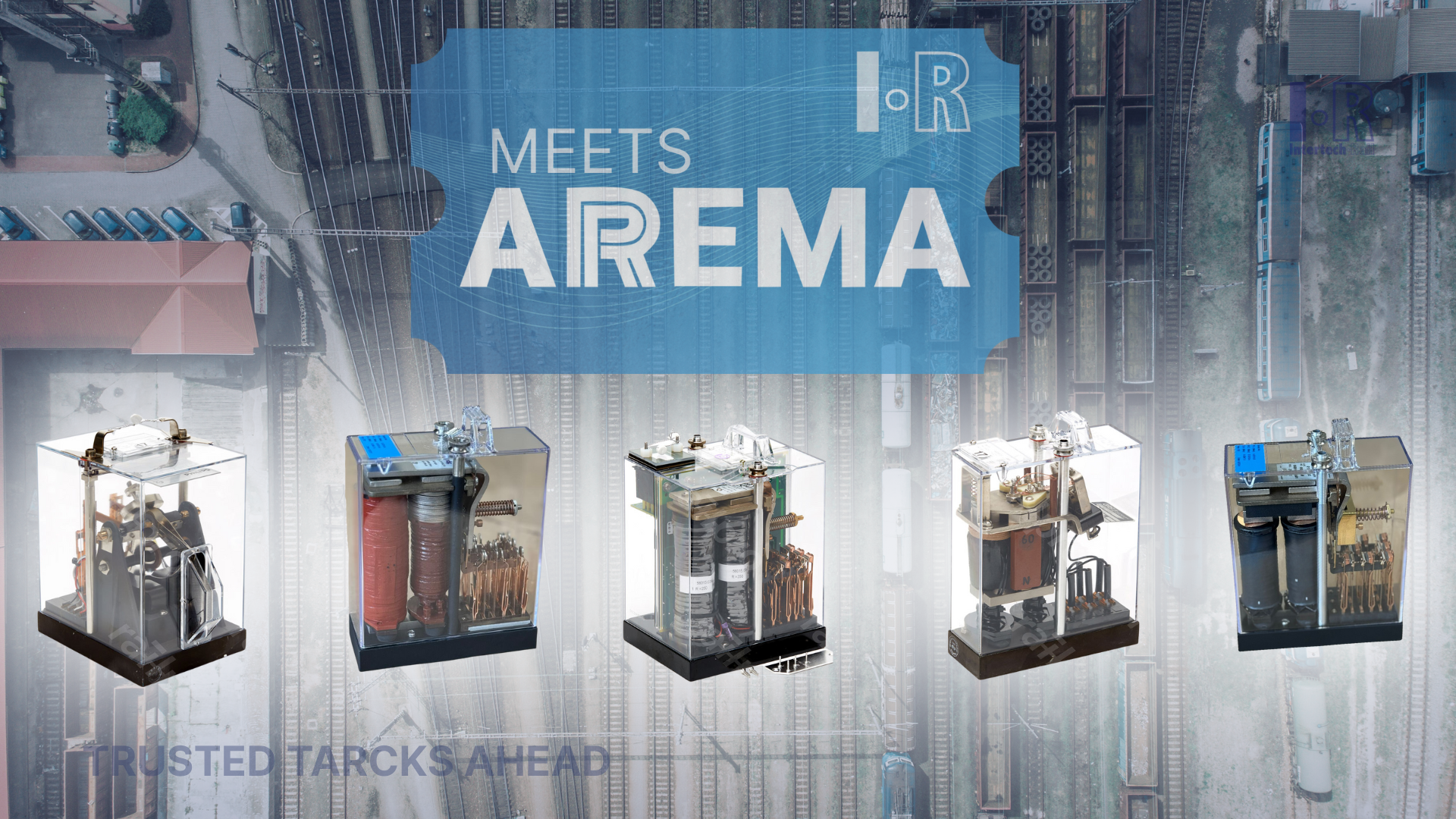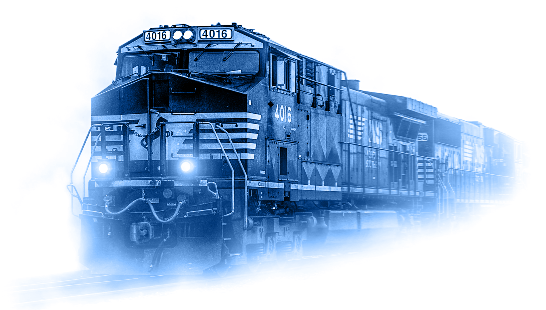Key Considerations for Installing RFID AEI Solutions in Railroads
When implementing Radio-Frequency Identification (RFID) Automatic Equipment Identification (AEI) solutions in railroads, the choice of tag and antenna configuration plays a crucial role in system efficiency. Three common setups include side with two tags and one antenna, one tag and two antennas, or placing the antenna underneath the sleepers. Each configuration has its advantages and considerations.
1. Side with Two Tags and One Antenna:
- Advantages: This configuration provides redundancy as two tags are attached to each side of the railcar, increasing the chances of successful tag reads.
- Considerations: The cost of deploying two tags per railcar must be weighed against the redundancy benefits. Additionally, alignment and spacing between tags are critical for accurate readings.
2. One Tag and Two Antennas
- Advantages: Dual antennas improve read rates and accuracy by capturing RFID data from multiple angles, reducing the chances of missed or inaccurate reads.
- Considerations: Proper antenna placement is crucial to avoid interference and ensure optimal performance. Additionally, the cost of deploying multiple antennas should be considered in the overall budget.
Standards like AAR-918S stablishes 2 antennas and 2 tags (one in each site). There is a big redundancy in this application and, considering the tag is the less expensive part of the solution, it worst the minimum error you can reach.
3.Antenna Underneath the Sleepers
- Advantages: Placing the antenna underneath the sleepers protects it from harsh environmental conditions, reducing wear and tear. It also minimizes the risk of physical damage to the antenna. Also in situations where VANDALISM is a fact, this solution is the right choice.
- Considerations: Achieving consistent and reliable reads may be challenging due to the distance between the antenna and the tags. Signal strength and interference become critical factors that need careful attention.
General consideration for Installing RFID AEI Solutions
Regardless of the chosen configuration, several general considerations apply:
Tag Selection
Choose RFID tags suitable for railroad environments, considering factors like durability, temperature resistance, and compliance with industry standards. Our “Transportation tag”, or Transcore AT 5118 is hightly recommended for Rail Applications.
Frequency
Select an appropriate RFID frequency (e.g., low, high, ultra-high) based on the specific requirements of the rail operation, considering factors like read range and interference. Most of Rail applications work on 915Mhz or 870Mhz (depending on the country regulation).
Integration with Existing Systems
Ensure seamless integration with existing railroad systems and databases to maximize the efficiency of data collection and management.
Regulatory Compliance
Adhere to relevant industry regulations and standards to ensure the RFID AEI solution meets safety and operational requirements (check for AREMA or CENELEC compliances).
The successful implementation of an RFID AEI solution in railroads depends on careful consideration of the chosen tag and antenna configuration. Each option presents its own set of advantages and challenges, and the decision should align with the specific needs and constraints of the rail operation. Careful planning, thorough testing, and ongoing maintenance are essential for a reliable and efficient RFID AEI system in the dynamic and demanding environment of railroad operations.
Share article









